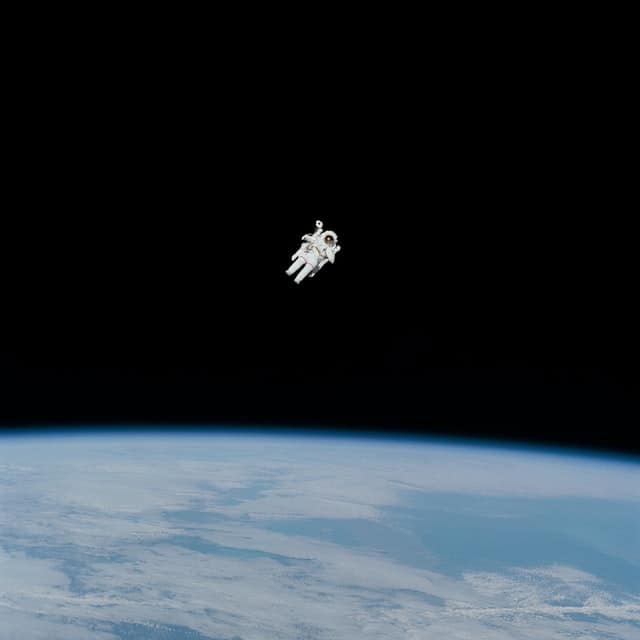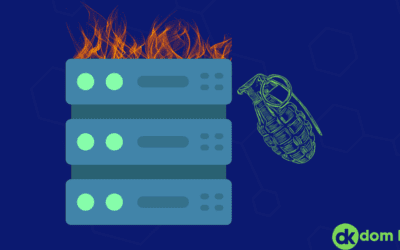My kids disappeared my wallet into the Twilight Zone that only kids have access to. We’ve turned the house upside down looking for it. If you’re a parent, you either know what I’m talking about, or you will someday. It’s a pain, but not as much of a pain as I thought.
There was a time when losing your wallet meant you were 100% dead in the water.
When I speak about digital transformation, I’m almost always talking about businesses moving away from legacy technology anchors. However, digital transformation is a very real thing for the individual citizen too. There was a time when losing your wallet meant you were 100% dead in the water. However, I’m having a slightly different experience. To over-summarize, I can get more done than I thought. Let’s talk through what’s in a wallet and the workarounds I discovered. We’ll talk through the benefits and limitations.
My Driver’s License
I live in Colorado. Colorado has a digital ID initiative in which you authenticate yourself to an app, and get a digital ID. If I want an adult beverage, or if I get pulled over, I have an accepted license on my phone. So, in that respect, I was a lot less paranoid driving around knowing I didn’t have my license. I have at least some way to identify myself should I need to. The pitfall is that this ID works in Colorado. It’s not a “REAL ID” so I can’t fly with it. Outside of CO, nobody will accept it.
I think what we’re showing here is progress. In the future, we may not be so reliant on carrying a plastic card around. Of course, this is dependent on other states catching up and some standard being set for how a digital ID is to work and be verifiable. But, as it stands, I can get by.
Paying for Stuff
I very rarely use cash, for this very reason. I can’t lock cash. I can lock credit cards. I have a very high degree of confidence that I’ll find my wallet the day my new (physical) license shows up. So, this method works for me: tap to pay.
I use Google Pay wherever I can. As such, I strategically left one card unlocked until my new card showed up, then swapped. This meant that while I had no physical payment methods, I could use a combination of “scan and go” at the grocery store and tap to pay where accepted. I got groceries, gassed my truck, etc. just fine. The extra plus side of tap to pay is that I need to present a credential to my device before it can be used for payment. Really, it’s much more secure than a physical card as it stands today.
The catch is, not everyone can take Google Pay or Apple Pay yet. It’s becoming more common, but it’s not everywhere. For example, I had to pay for gas inside instead of at the pump. Some places simply don’t accept it at all, and that makes life difficult.
In Summary
I must be a boring person. Aside from health insurance cards (also available digitally), that’s all I have in my wallet. I do everything else on my phone.
To summarize, I definitely still need a wallet. I still need plastic credit cards and a physical ID. But this experience has taught me that we are making progress towards digital citizenship and digital transformation in the consumer space. Do you use mobile identity or mobile payments?




